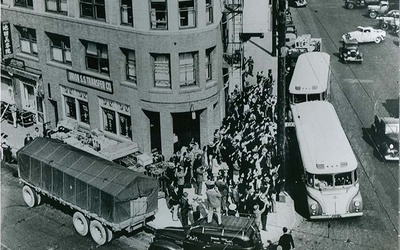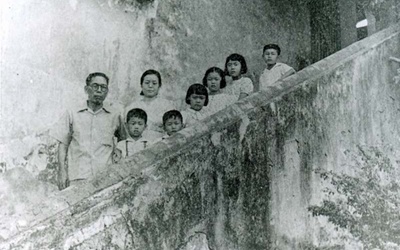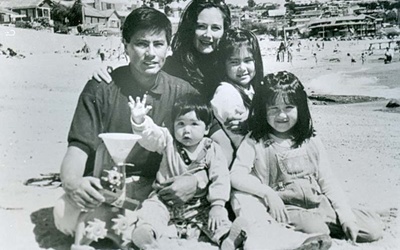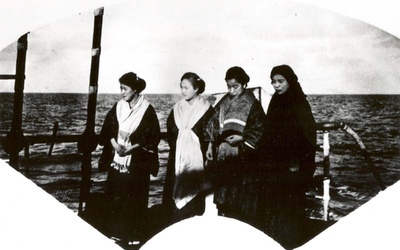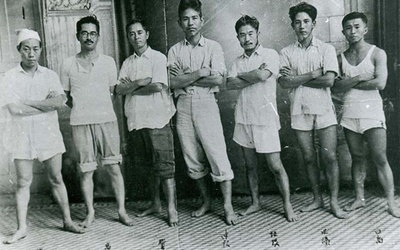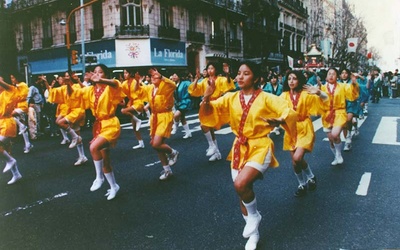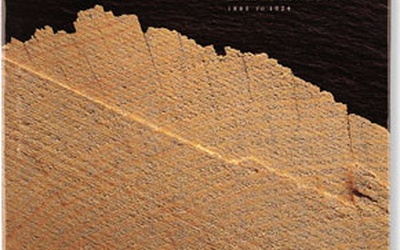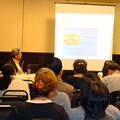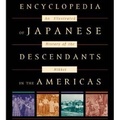
Akemi Kikumura Yano
Akemi Kikumura Yano is a Visiting Scholar at the University of California at Los Angeles, Asian American Studies Center. She holds a Ph.D. in anthropology from UCLA and is an award-winning author, curator, and playwright, best known for her book Through Harsh Winters: The Life of an Immigrant Woman.
Updated February 2012
Stories from This Author
United States - Migration Historical Overview
May 2, 2014 • Akemi Kikumura Yano
Between 1885 and 1924, approximately 200,000 Japanese arrived in Hawai'i and 180,000 immigrated to the continental United States. Most were from the southern prefectures of Japan plagued by conditions of drought, famine, and overpopulation. In Hawai'i the early Issei worked on the sugar plantations; on the mainland the new arrivals were sent to salmon canneries in Alaska, mining camps in Utah, sawmills in Oregon, or the agricultural fields of California. Ongoing Racism Racism always played a part in the lives …
Peru - Migration Historical Overview
April 25, 2014 • Akemi Kikumura Yano
The story of the Nikkei in Peru began in 1899 with the arrival of the first immigrants from Japan who worked on sugar and cotton plantations in the middle coast valleys. Many subsequently left for the cities of Lima and Callao, where they engaged in small business, such as barbershops and restaurants, during the first half of the 1920s. Urban Migration Between 1924 and 1936, the second wave of Japanese immigrants headed for these urban areas rather than plantations, pursuing …
Paraguay - Migration Historical Overview
April 18, 2014 • Akemi Kikumura Yano
The official beginning of Japanese immigration in Paraguay is traced back to 1936, when the first immigrant group arrived as agricultural settlers. The first Japanese agricultural colony of 134 households was established in La Colmena. Many moved to other cities and countries in search of better jobs and opportunities, while others stayed to face the hardships of malaria epidemics, natural disasters, and wartime restrictions on social and educational activities. Post-World War II Influx The next wave of Japanese immigration …
Mexico - Migration Historical Overview
April 11, 2014 • Akemi Kikumura Yano
On May 10, 1897, the first Japanese immigrants arrived in Mexico to start a coffee plantation in the state of Chiapas. Their venture eventually failed, but many of these immigrants married local women and established a base for future Japanese immigration to Mexico. Unlike these early settlers, the Japanese who came to northern and central Mexico between 1901 and 1907 were mainly dekasegilaborers. They found contract work in mines, railroad, and farms through the services of emigration companies. The majority of …
Chile - Migration Historical Overview
April 4, 2014 • Akemi Kikumura Yano
Between 1910 and 1940, the number of Japanese immigrants who entered the country never exceeded nine hundred. Among those who came to Chile, there were a wide variety of individuals ranging from professionals and businessmen to laborers re-migrating from neighboring countries. They tended to be dispersed in the nitrate-rich north and attracted particularly to the southern regions of Valparaíso and Santiago. They found employment in a variety of jobs as salaried workers and in small business pursuits, especially as barbers. …
Canada - Migration Historical Overview
March 28, 2014 • Akemi Kikumura Yano
Most Nikkei immigrated to Canada between the 1890s and the 1920s, although the first Japanese in Canada was recorded in 1877. Early immigrants worked in the lumber and mining industries, fishery and agriculture in British Columbia. Japanese immigration peaked between 1905 and 1907, which exacerbated anti-Japanese racism. The demand for Japanese exclusion led to the Hayashi-Lemieux “Gentlemen’s Agreement” of 1908, which reduced the yearly admission of Japanese laborers to four hundred. Subsequent years saw the influx of “picture brides” since …
Brazil - Migration Historical Overview
March 21, 2014 • Akemi Kikumura Yano
Japanese immigrants first came to Brazil in June 1908. These families worked on coffee plantations under contract to coffee planters in search of cheap labor. After the United States closed its door to Japanese immigration in 1924, the Japanese government facilitated the accelerated immigration of Japanese into Brazil. However, life was so unbearable that most Japanese left the plantations for urban areas, suburbs, or new Japanese farm settlements. São Paulo city and its surrounding areas were the main areas of …
Bolivia - Migration Historical Overview
March 14, 2014 • Akemi Kikumura Yano
Prior to the 1950s, most Japanese entered Bolivia as common laborers through Peru. In 1899, the Mapiri River region in La Paz witnessed the first entry of ninety-one Japanese laborers to work on rubber plantations. Thereafter, the highland Andes continued to attract a few hundred more Japanese, who found employment in mining and railroad construction. The inland Amazon emerged as the second major destination for the workers, who also came through Peru to work on rubber plantations in northwestern Bolivia. …
Argentina - Migration Historical Overview
March 7, 2014 • Akemi Kikumura Yano
Argentine Nikkei history began in 1908-09 with the arrival of immigrants from Okinawa and Kagoshima—the major prefectural origins of Argentine Nikkei. The first Japanese entered the country via Brazil, and succeeding groups of immigrants tended to reach Argentina through the neighboring nations. In the prewar years, Nikkei were concentrated in urban small businesses, especially dry cleaning and cafes in Buenos Aires, while some worked as domestic servants, factory workers, and longshoremen. A minority of Japanese also engaged in horticulture, floriculture, …
Issei Pioneers - Hawaii and the Mainland 1885-1924 - Part 26 (Final part)
June 27, 2011 • Akemi Kikumura Yano
Read Part 25 >> ISSEI PIONEERS For many Issei, their temporary stay had stretched into ten, twenty years and more, with the youth they had brought to America now spent. One DayI found my fatherIn the mirror.1 Some found "money trees" and returned to Japan. Others migrated to Mexico of Manchuria looking for better opportunities. Many more decided to sink their roots and settle in America. Getting used to it,America, now for meThe best place to live.2 Quite a few died alone …

